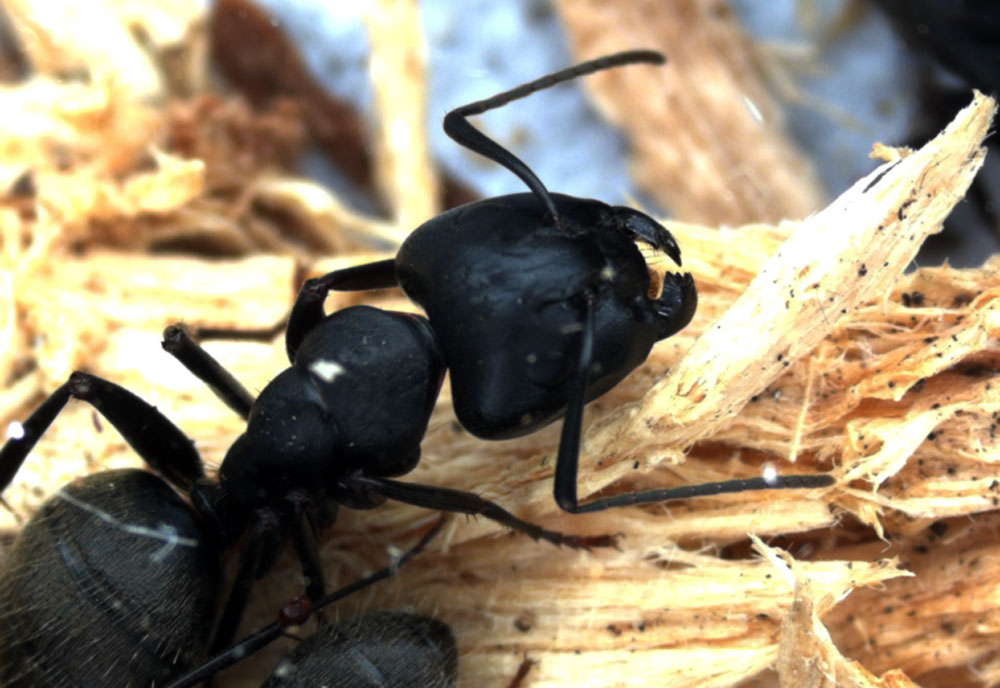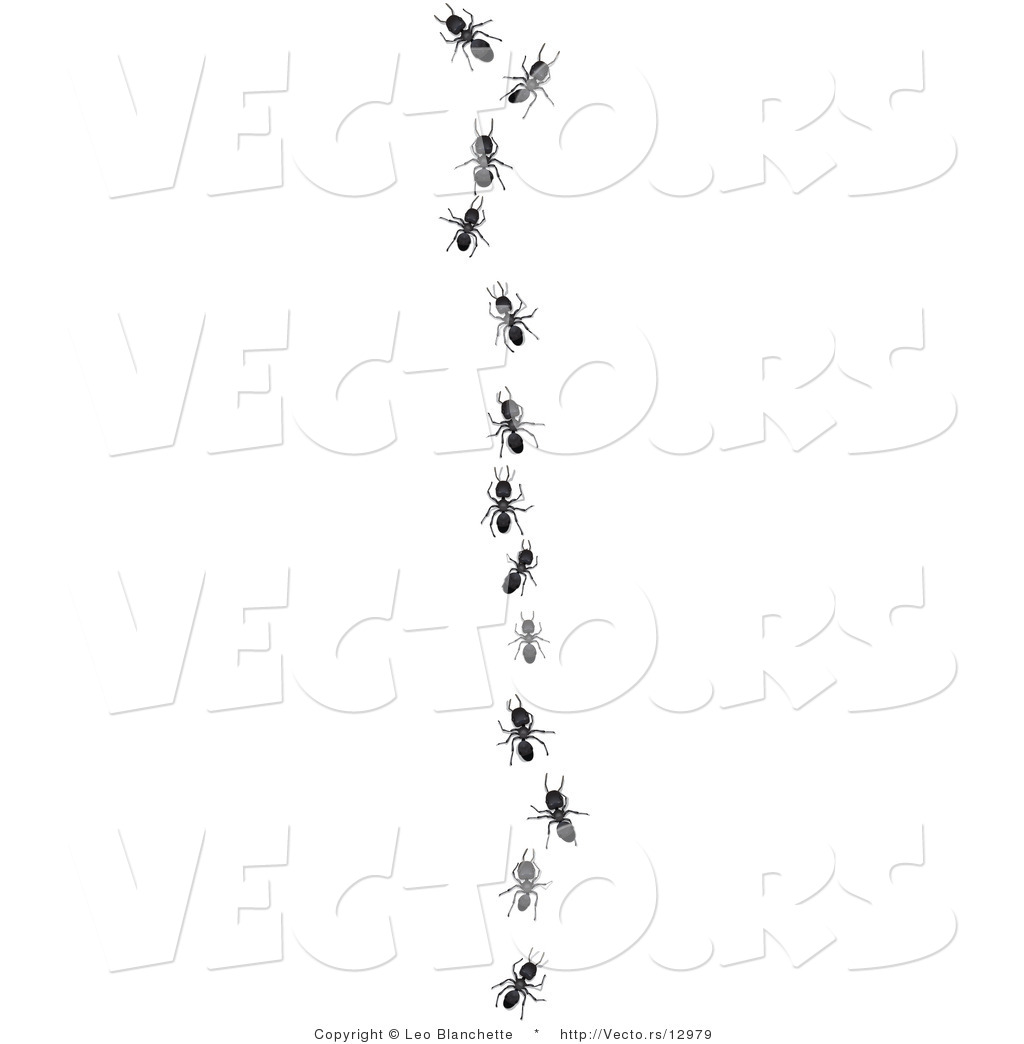
The main differences between bees and wasps are their body shape and appearance. HornetsĬlose up pictures of a honey bee (left) and a wasp (right) In addition, many wasps have bi-colored legs, which is another way to identify a particular species. Depending on the species, wasp legs can be black, orange, or yellow. Other identifiable features of wasps are their six spindly legs. But some species are black, red, or brown. The easily identifiable feature of wasps is their thin waist between the thorax and abdomen. Most wasp species have smooth, slender bodies, making them easy to tell apart from bees. Wasp identification is possible by looking at their shape, size, color, and habits.

Descriptions and pictures of different types of wasps will help to recognize these slender flying insects as they buzz from flower to flower in your garden. This article is a guide to identifying common species of wasps. In contrast, the black and yellow paper wasp ( Polistinae) is relatively docile and harmless. Similarly, yellowjackets ( Vespula maculifrons) tend to be aggressive wasps that sting unprovoked. For example, the bald-faced hornet ( Dolichovespula maculata) is a black and white wasp that can attack in swarms to defend a nest. Identifying species of wasps is essential because some wasps are more dangerous than others. Many species of wasps look like bees, and both wasps and bees are important pollinators that can cause a painful sting.

Typically, wasps have a slender, smooth body with a narrow waist, a pair of membranous wings, and six spindly legs. Wasps are small, flying insects that usually have an identifiable black body with yellow bands. Share on Email Share on Pinterest Share on Facebook Share on Twitter Share on LinkedIn


 0 kommentar(er)
0 kommentar(er)
